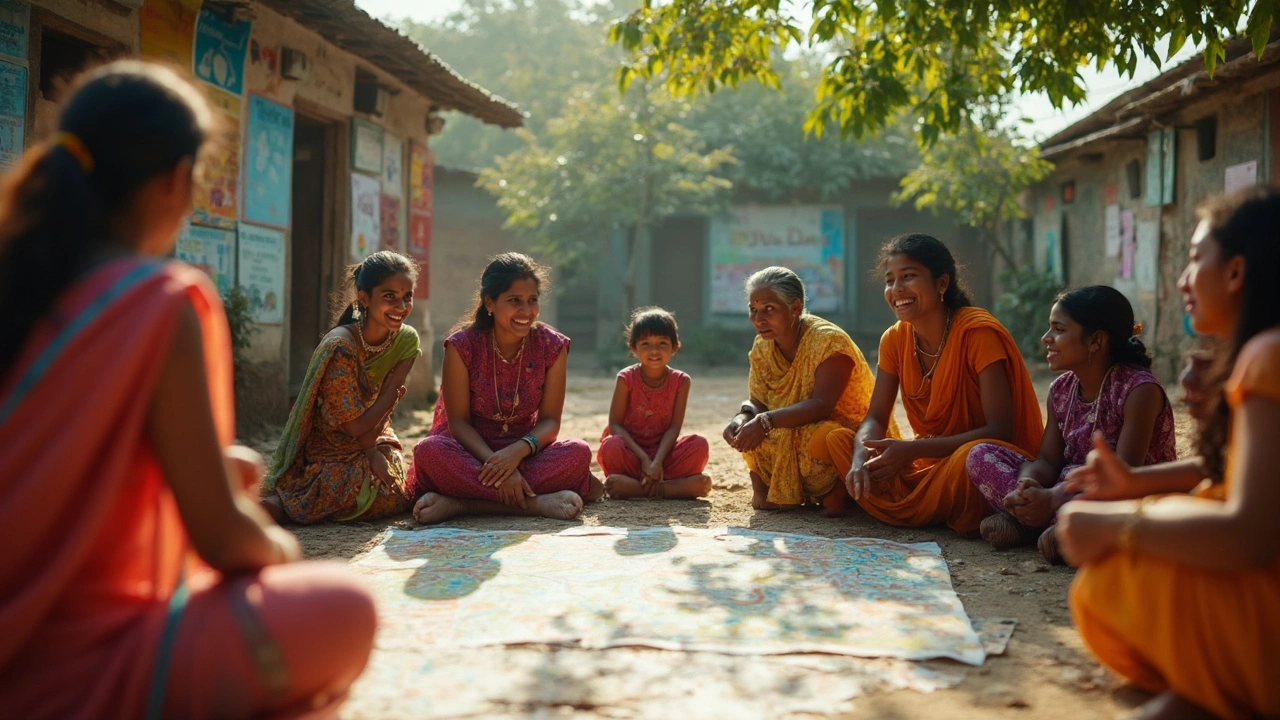Health Initiatives in India: What’s Working and Who’s Leading the Change
When we talk about health initiatives, organized efforts by governments, NGOs, or researchers to improve population health through prevention, education, or new technologies. Also known as public health programs, these are not just clinics or vaccination drives—they’re systems designed to stop illness before it starts. In India, where over a billion people face wildly different health challenges, these initiatives have to be smart, simple, and scalable. That’s why the most successful ones don’t just treat symptoms—they fix the root causes: poor nutrition, lack of clean water, delayed diagnosis, and unequal access to care.
One major shift is moving from public health approach, a strategy that focuses on preventing disease across entire communities rather than treating individuals one at a time to treating sickness after it happens. Look at how India’s rural health workers now use mobile apps to track malnutrition in children, or how states like Kerala cut diabetes rates by teaching communities to swap refined rice for millets. These aren’t flashy tech projects—they’re low-cost, high-impact changes that work because they’re rooted in local reality. And then there’s nanomedicine, the use of tiny particles to deliver drugs directly to diseased cells, reducing side effects and improving outcomes. Also known as targeted drug delivery, this tech is already helping cancer patients in India get treatment with less pain and fewer hospital visits. The real breakthrough isn’t the science alone—it’s how it’s being made available outside big-city hospitals. Meanwhile, health equity, the idea that everyone, no matter their income or location, should have fair access to good health, is no longer a buzzword. It’s the metric now being used to measure success. If a health initiative only helps urban elites, it’s failing. If it reaches a farmer in Odisha or a slum dweller in Mumbai with the same quality of care, that’s progress.
What you’ll find in this collection aren’t just stories about new drugs or government schemes. You’ll see real examples of what works: how AI is helping clinics predict outbreaks, why banning sugar isn’t enough without changing food systems, and how nanoparticle-based medicines are quietly transforming cancer care in India’s smallest towns. These aren’t theoretical ideas—they’re on the ground, saving lives right now. And if you want to know where India’s health future is headed, this is where you start.
Community Based Health Initiatives: Making Healthcare Work Locally
May, 12 2025
Curious about how health care gets truly personal? Community based health initiatives flip the script on top-down programs, putting local groups in charge. This article breaks down how these initiatives work, why they matter, and what makes them stick. Expect real stories, actionable tips, and a closer look at programs that have changed lives—often with shoestring budgets but big ideas. See how you can get involved or even kickstart something new in your neighborhood.
Read Article→Understanding Public Health Activities: Key Roles and Examples
Mar, 10 2025
Public health activities encompass a wide range of efforts aimed at promoting community well-being and preventing disease. These activities include health education, vaccination programs, policy development, and environmental monitoring. By understanding these initiatives, communities can become better equipped to address health challenges. Public health is not just the domain of professionals; everyday people can contribute to these efforts as well. A closer look at these activities reveals how they integrate into our daily lives and the impact they have on society.
Read Article→
